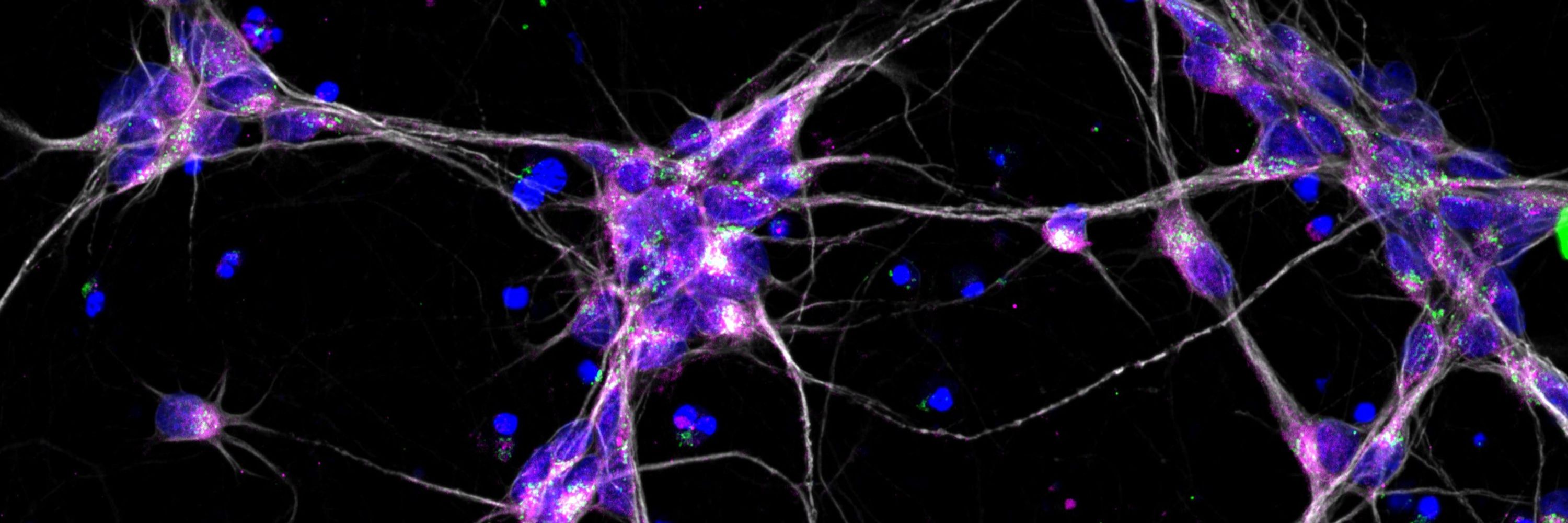
Counting everything I can, but still appreciating the beauty of qualitative findings.
https://johanneswilbertz.github.io/
🚨 Our new paper is out!
We used high-content morphological profiling in human iPSC-derived dopaminergic neurons to uncover a neuroprotective mechanism in Parkinson’s disease (PD): mild mitochondrial uncoupling.
🔗 doi.org/10.1038/s415...
www.nature.com/articles/s41...
www.nature.com/articles/s41...

🚨 Our new paper is out!
We used high-content morphological profiling in human iPSC-derived dopaminergic neurons to uncover a neuroprotective mechanism in Parkinson’s disease (PD): mild mitochondrial uncoupling.
🔗 doi.org/10.1038/s415...
🚨 Our new paper is out!
We used high-content morphological profiling in human iPSC-derived dopaminergic neurons to uncover a neuroprotective mechanism in Parkinson’s disease (PD): mild mitochondrial uncoupling.
🔗 doi.org/10.1038/s415...
erictopol.substack.com/p/our-braini...
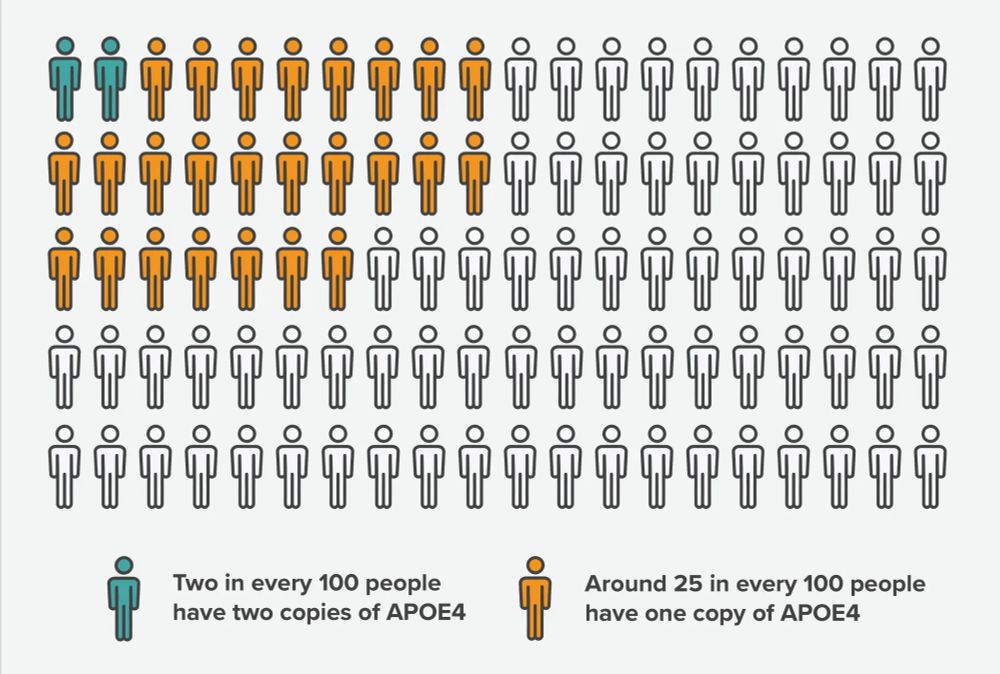
erictopol.substack.com/p/our-braini...
Gift link for #TCTeAC:
rdcu.be/eqPpi
www.nature.com/articles/s41...

Gift link for #TCTeAC:
rdcu.be/eqPpi
www.nature.com/articles/s41...
He couldn’t, so he created grok.
Do not let these machines be arbiters of truth. It is abundantly clear that they are being used to push absurd far-right conspiracies.
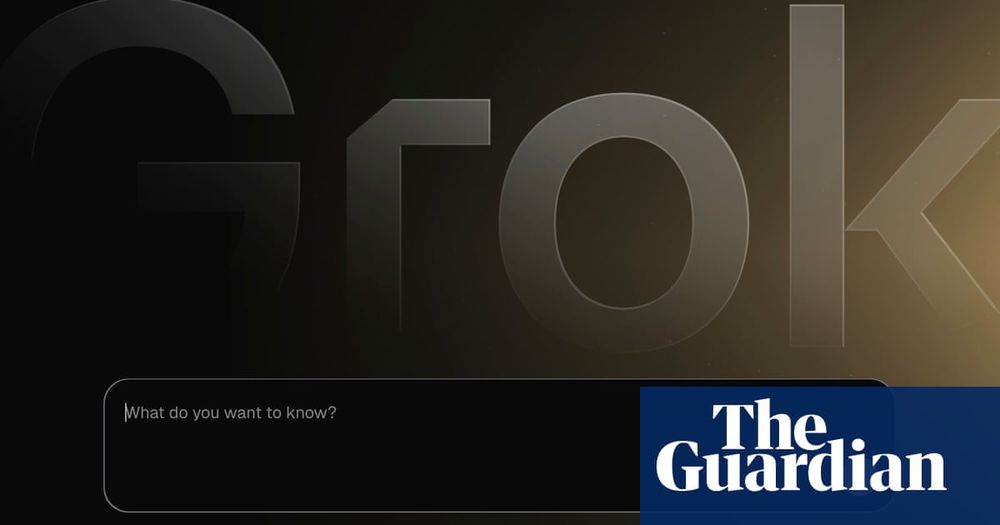
He couldn’t, so he created grok.
Do not let these machines be arbiters of truth. It is abundantly clear that they are being used to push absurd far-right conspiracies.
nimbusimage.com

nimbusimage.com


rdcu.be/egMl1

rdcu.be/egMl1
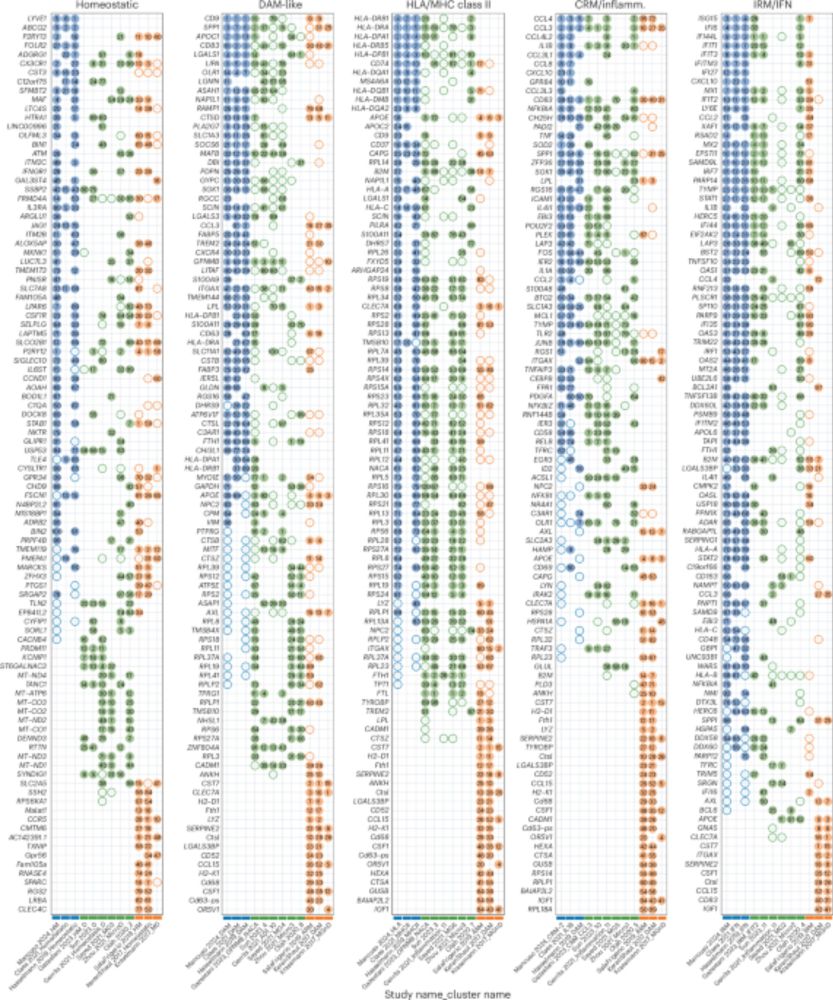


* hypothesises a marathon runner
“This study offers the striking observation that extreme exercise has a profound effect in the brain that is reflected in reversible structural alterations" @naturemetabolism.bsky.social
www.nature.com/articles/s42...
www.nature.com/articles/s42...
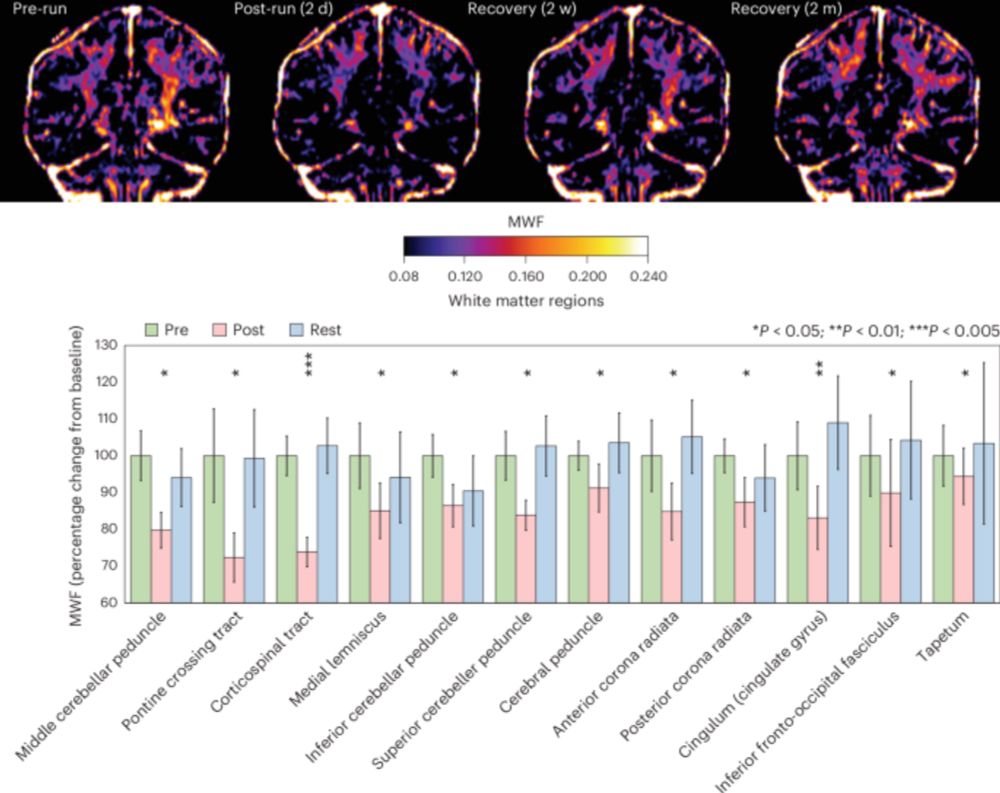
* hypothesises a marathon runner
rdcu.be/dItUy
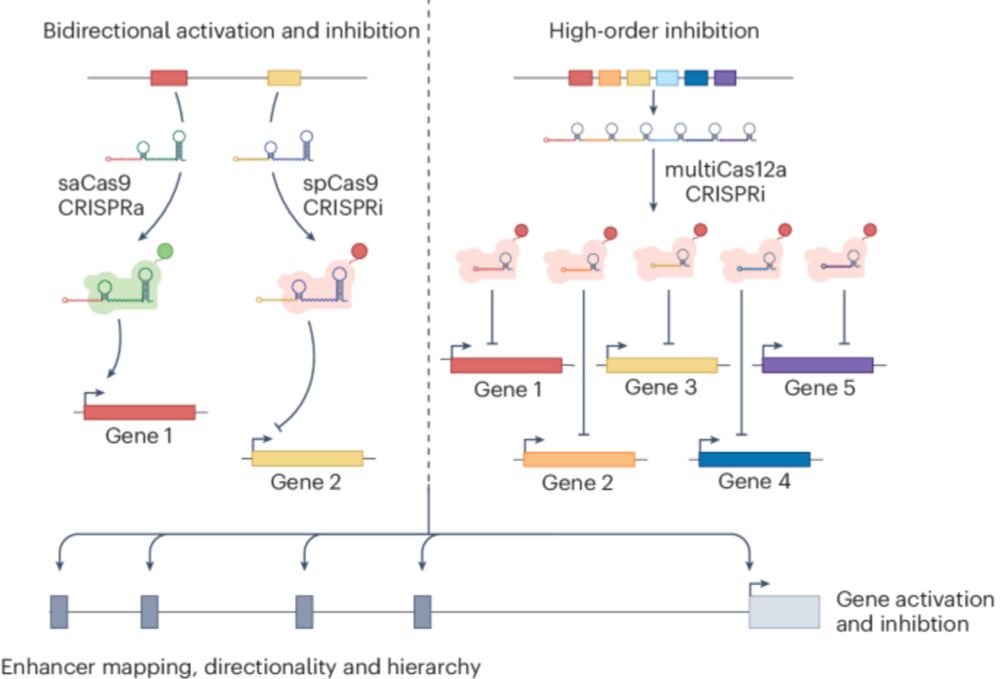

Although human mitochondria contain more than 1100 proteins, only 13 of them are encoded by mtDNA.
Although human mitochondria contain more than 1100 proteins, only 13 of them are encoded by mtDNA.



+1
www.cell.com/cell-systems...
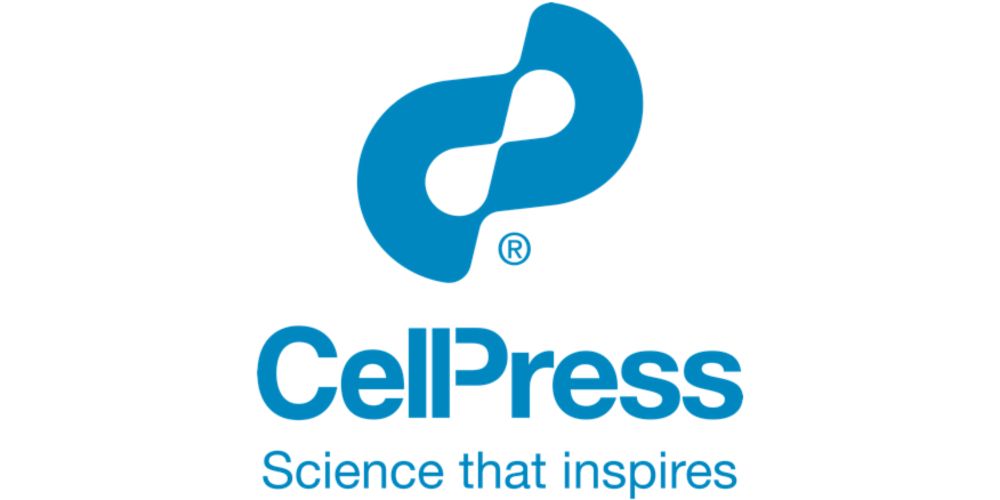
+1
www.cell.com/cell-systems...
www.nature.com/articles/s41...

www.nature.com/articles/s41...


